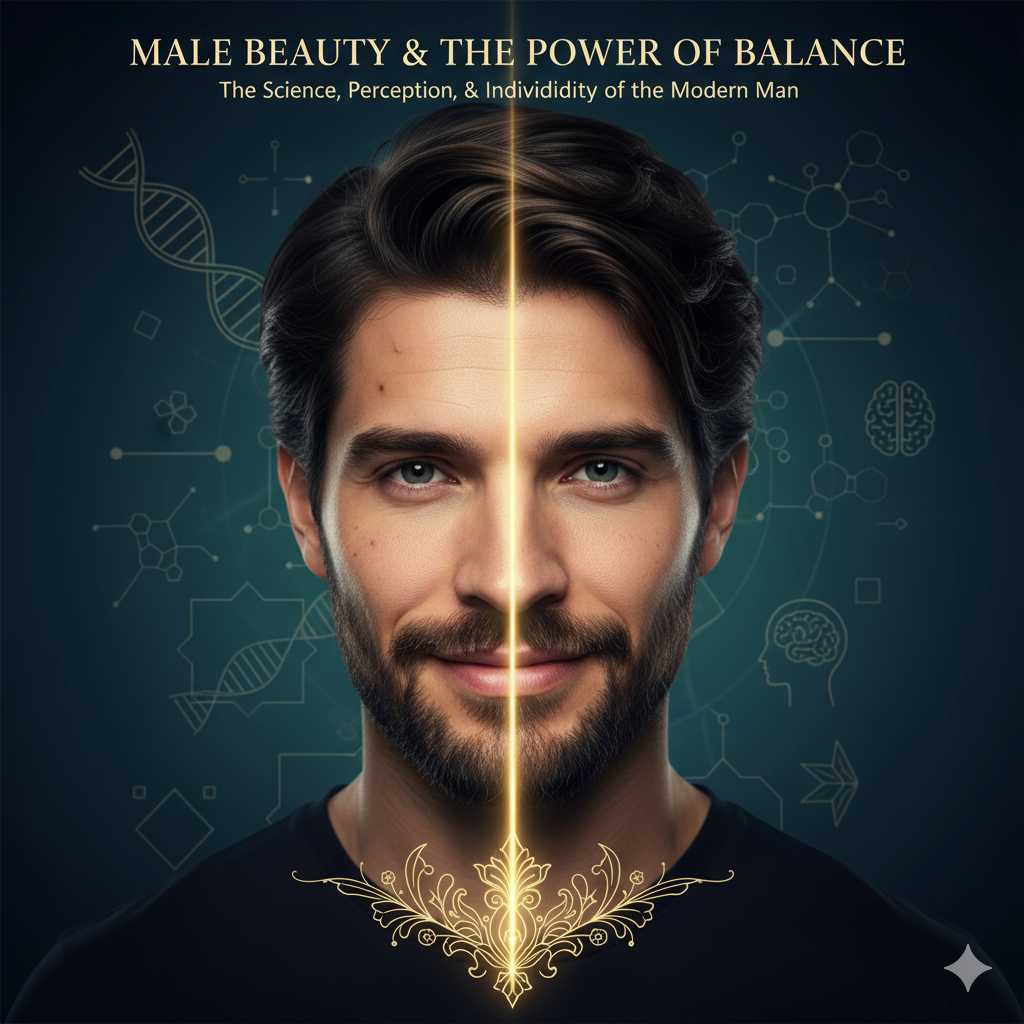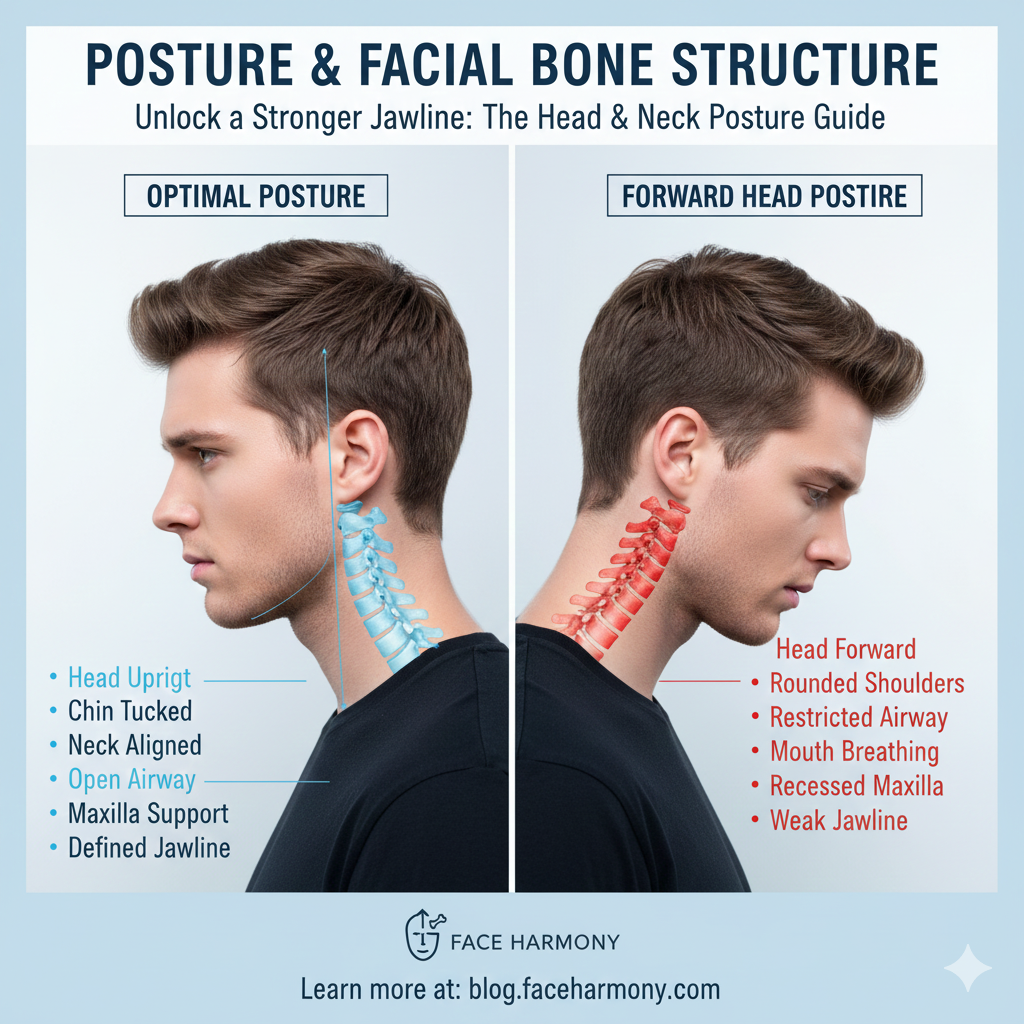Facial symmetry is a concept that holds great importance in the fields of aesthetics and beauty.
It refers to the degree to which one side of an individual’s face mirrors the other, creating a sense of balance and harmony. This phenomenon is often regarded as a key component in the perception of attractiveness.
Numerous studies have indicated that people tend to find symmetrical faces more appealing, suggesting that our evolutionary preferences play a role in these evaluations. Thus, facial symmetry serves as a fundamental criterion for attractiveness across different cultures and historical periods.
To assess facial symmetry, various methods can be employed, ranging from simple visual inspections to advanced digital imaging techniques. During a visual assessment, one might observe the alignment of facial features such as the eyes, nose, and mouth.
Advanced methods may involve using tools that create a mirrored image, allowing for a precise comparison.
These analytical approaches not only facilitate an understanding of individual facial structure but also contribute to wider applications in fields such as plastic surgery, photography, and art.
Understanding these methodologies can help explain the underlying factors that contribute to facial harmony.
The significance of facial symmetry extends beyond personal attractiveness; it can influence social interactions, self-esteem, and even professional opportunities.
In various contexts, such as job interviews and social engagements, individuals with more symmetrical features may be perceived as more confident, capable, and trustworthy.
The implications of these perceptions underscore the relevance of studying facial symmetry, as it plays a crucial role in human behavior and societal interactions.
Overall, the pursuit of understanding facial symmetry offers valuable insights into the nature of beauty and human perception.
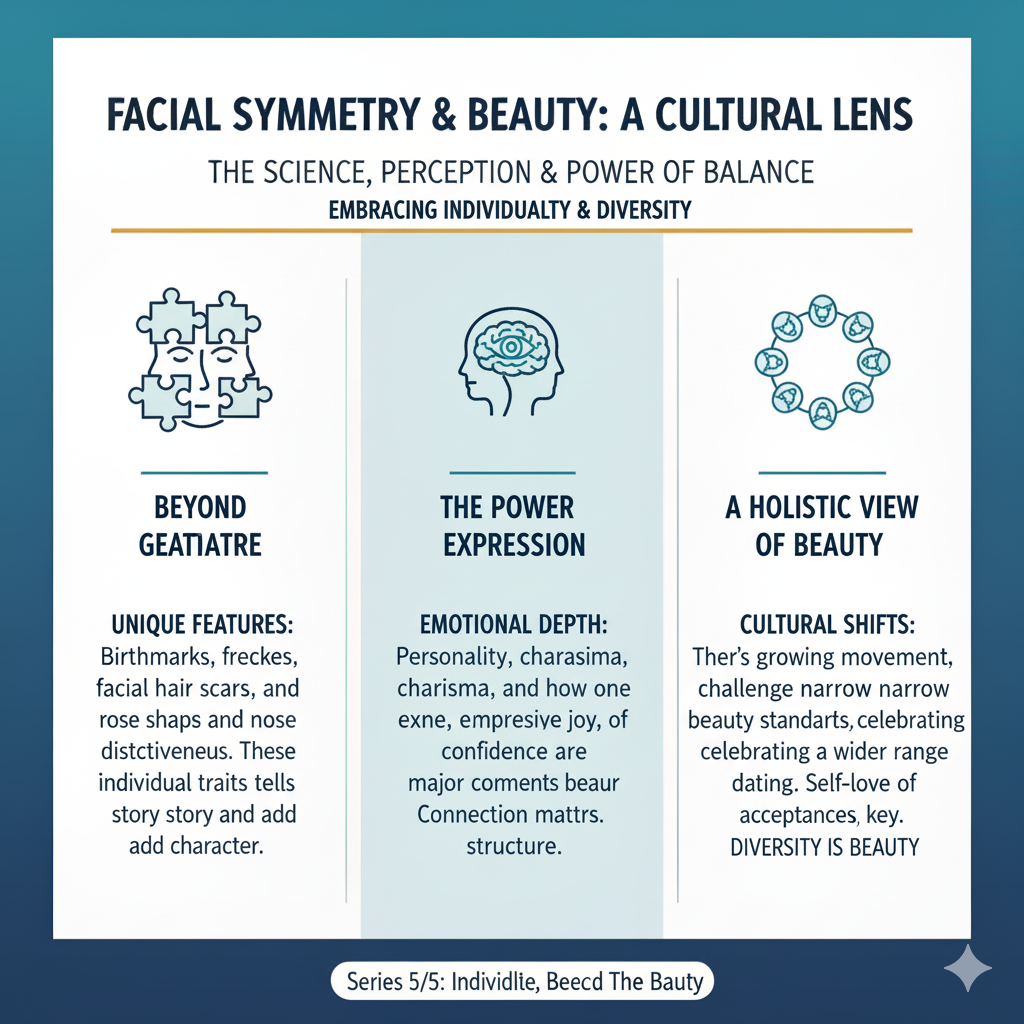
The Science Behind Facial Symmetry
Facial symmetry is a subject of significant interest in both the scientific community and popular culture.
From an evolutionary biology perspective, symmetrical faces are thought to be an indicator of genetic health and reproductive fitness.
This association likely stems from the longstanding belief that individuals with symmetrical features are more attractive, which in turn can influence mate selection.
It is posited that such preferences are grounded in evolutionary advantages, as symmetrical faces may signal good health and strong genetic foundations.
The concept of symmetry in biological systems extends beyond mere aesthetics.
Genetic, developmental, and environmental factors play vital roles in determining facial symmetry. During embryonic development, symmetrical features arise from complex biological processes.
Genetic mutations, environmental influences, and other perturbations can disrupt this balance, potentially leading to asymmetrical traits. Research suggests that deviations from symmetry are often linked to developmental disturbances, some of which might have implications for an individual’s overall health.
Studies have indicated that individuals with higher facial symmetry tend to be perceived as healthier and more attractive. This phenomenon is believed to be an evolutionary signal, demonstrating that a person possesses advantageous genes.
Consequently, symmetrical features have been integrated into our understanding of beauty and desirability. Recent studies also shed light on how facial symmetry correlates with a range of variables, from cognitive abilities to social behaviors, thus further establishing its significance in human interaction and mate choice.
Overall, the scientific basis for facial symmetry showcases its multifaceted nature.
It is not simply a matter of aesthetic preference but reflects underlying biological principles, highlighting how our perceptions are shaped by evolutionary imperatives. Understanding the complexities of facial symmetry aids in appreciating its role in human beauty and social dynamics.
Measuring Facial Symmetry: Techniques and Tools
Facial symmetry has long been associated with attractiveness and is often considered a marker of beauty. In the pursuit of understanding and quantifying this aspect, various techniques and tools have been developed to measure facial symmetry.
Traditional methods remain relevant alongside modern technological advancements, allowing researchers and enthusiasts alike to analyze facial features comprehensively.
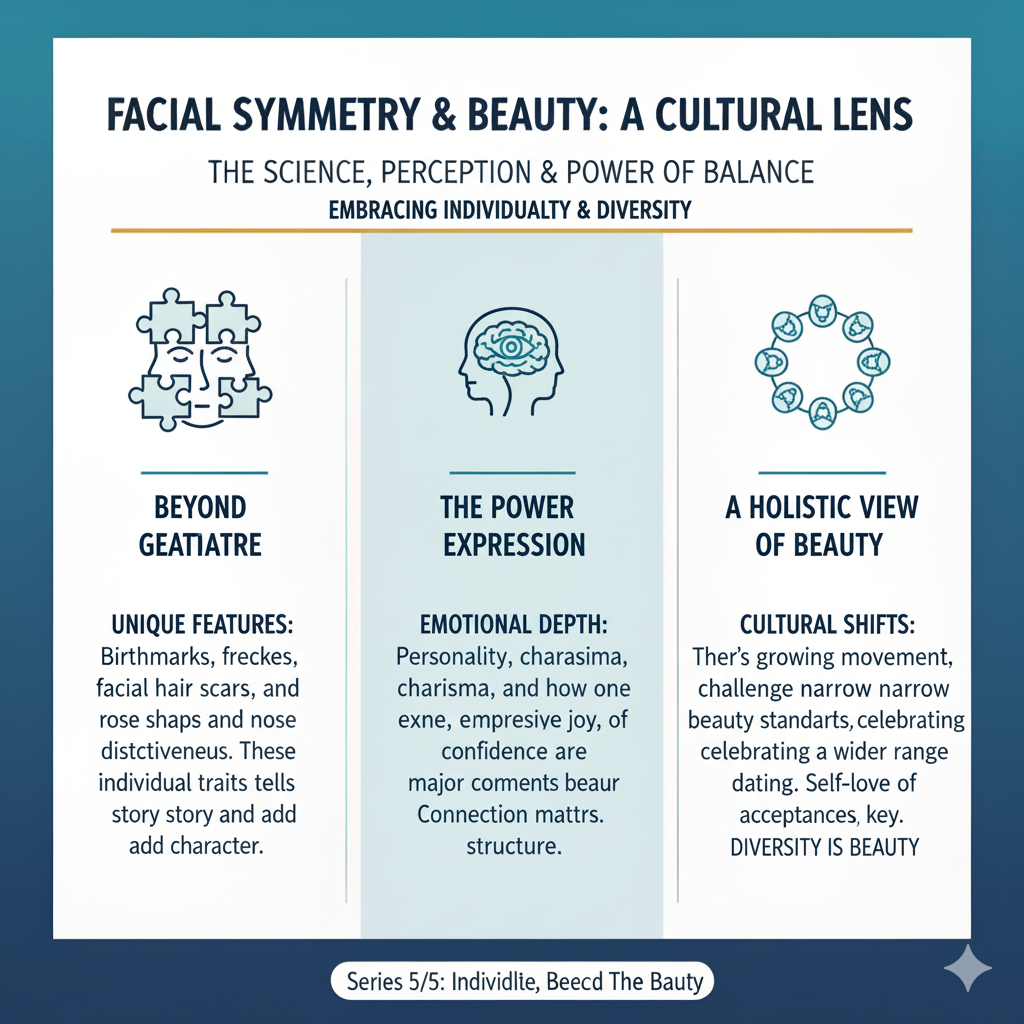
One of the traditional methods for measuring facial symmetry involves the use of a ruler and grid system. This technique requires the individual to be in a neutral position with their face directly facing the camera or a mirror.
A grid can be imposed over the image of the face, allowing observers to compare distances between key anatomical landmarks, such as the eyes, nose, and mouth. By measuring these distances, one can assess the degree of symmetry present. This method, while basic, provides a straightforward means to gauge facial balance.
In contrast, modern approaches have introduced digital tools that enhance the precision of facial analysis. Various software applications are now available, utilizing sophisticated algorithms to evaluate facial features quantitatively. These programs can detect asymmetries and offer visual representations of alignment, allowing for a more detailed examination.
Many of these tools incorporate advanced imaging techniques, such as 3D modeling, to provide a robust framework for understanding facial proportions and symmetry.
Furthermore, some digital tools allow users to analyze and compare photographs side by side, facilitating a more thorough examination of changes over time or the effects of cosmetic interventions.
While both traditional and digital methods have their advantages, the integration of technology has revolutionized the study of facial symmetry, making it more accessible and accurate. Ultimately, the choice of method may depend on the context of the analysis and the specific goals of the user.
Visual Indicators of Facial Symmetry
Facial symmetry is often regarded as a significant determinant of aesthetic appeal, and several visual indicators can help in identifying a harmonious face. Primarily, the alignment and proportion of facial features such as the eyes, nose, and mouth play a crucial role in establishing overall symmetry.
The eyes are frequently one of the first features that people notice in a face. For an aesthetically pleasing appearance, the distance between the eyes should be consistent with the width of one eye, with the centers of the eyes ideally lying along a horizontal line.
Any notable disparity in size or positioning can lead to an asymmetrical perception, potentially impacting a person’s attractiveness according to conventional standards.
The nose also significantly influences facial symmetry. An ideal nose appears proportionate to the other facial features, with its length and width in harmony with the rest of the face.
A central alignment between the nose and the eyes can enhance overall symmetry, as an off-centered nose can create an asymmetrical impression, regardless of how well other features align.
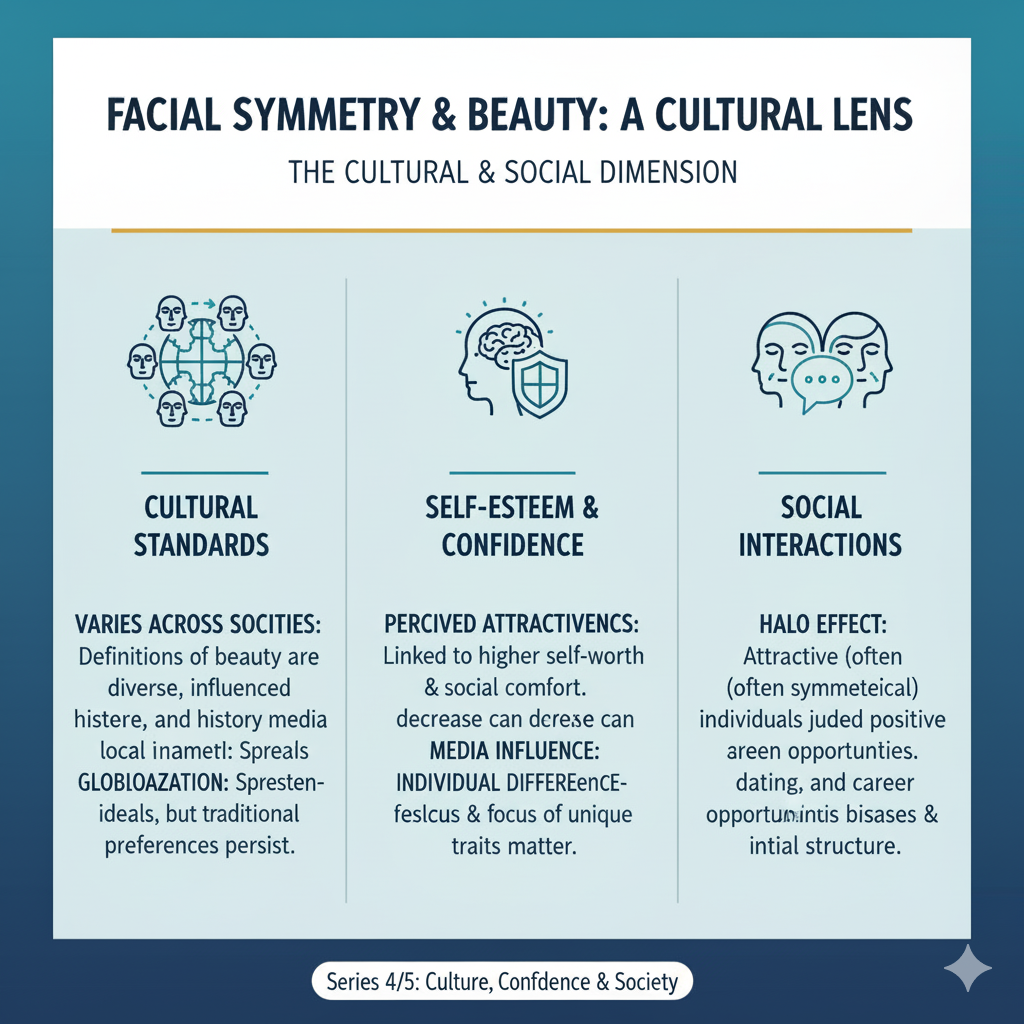
Another critical aspect to consider is the mouth. The ideal mouth should be positioned symmetrically concerning the nose and the vertical lines drawn from the pupils of the eyes.
Moreover, the size and fullness of the lips should be harmonious; imbalances in labial proportions can detract from facial symmetry. When the corners of the mouth are aligned and mirror each other, it contributes to a balanced and harmonious appearance.
In conclusion, understanding these visual indicators of facial symmetry can enhance one’s appreciation of human beauty and aesthetic principles.
The careful observation of the alignment and proportion of the eyes, nose, and mouth ultimately provides insight into what constitutes a harmonious face.
Cultural Perspectives on Facial Symmetry
Facial symmetry, defined as the balanced proportion of facial features, has long been accepted as a universal marker of beauty. However, cultural perceptions of facial symmetry and its corresponding appeal vary substantially across different societies.
Historical contexts and societal norms significantly influence how individuals value facial symmetry, shaping the beauty standards that prevail in each culture.
In many Western societies, there is a prevalent belief that symmetrical faces are inherently more attractive. This notion is deeply rooted in the long-standing traditions of art and media, where portrayals of beauty often feature proportionally balanced features.
Numerous studies have indicated that individuals with symmetric faces are frequently perceived as more trustworthy and appealing. As a result, Western media often emphasizes facial symmetry as a desirable trait, reinforcing cultural ideals surrounding attractiveness.
Conversely, in various Eastern cultures, beauty is often associated not just with symmetry, but also with unique characteristics and individuality. For example, in some Asian cultures, while symmetry is appreciated, distinct features may hold greater significance.
A study conducted on beauty standards in Japan revealed that although symmetry plays a role, unique traits can sometimes enhance attractiveness more than mere balanced proportions. This perspective showcases a broader interpretation of beauty that transcends the limits of facial symmetry.
In African cultures, beauty standards also demonstrate diverse interpretations. Certain communities may prioritize features that are reflective of cultural identity over symmetrical properties. As such, facial marks, skin tone, and other distinctive characteristics are celebrated, representing beauty in a manner that diverges from the mainstream focus on symmetry.
Thus, facial symmetry does not uniformly dictate beauty across all cultures; rather, it intermingles with various aspects, including heritage and personal expression.
In conclusion, the perception of facial symmetry is deeply intertwined with cultural values and historical context.
Understanding these variations can provide a more comprehensive perspective on beauty standards worldwide, illustrating that while facial symmetry may serve as a common benchmark, its significance frequently shifts across cultures.
The Role of Facial Symmetry in Beauty Standards
Facial symmetry has been a pivotal aspect of beauty standards across various cultures and eras. It is often perceived as an indicator of health and genetic fitness, which plays a crucial role in attraction.
Many studies have suggested that individuals with symmetrical faces are often considered more attractive. This preference for symmetry can be traced back to evolutionary psychology, where symmetrical features are equated with youthfulness and genetic integrity.
In the realm of media and fashion, the influence of facial symmetry is prominent. Models and actors, often highlighted for their symmetrical features, serve as cultural benchmarks of beauty.
Brands capitalize on these standards by promoting products that enhance or achieve symmetrical facial features, from makeup designed to contour and define to cosmetic procedures aimed at perfecting symmetry. Consequently, this perpetuates a cycle where society increasingly equates facial symmetry with desirability and success.
Social interactions also reflect the importance of facial symmetry. Research indicates that people often respond more favorably to individuals with symmetrical faces, impacting their social standing and opportunities.
This can be particularly evident in competitive environments, where attractiveness may subconsciously influence hiring decisions or social connections. The inherent bias towards facial symmetry creates an environment that values certain aesthetic traits over others, leading to a narrow definition of beauty.
However, it is essential to recognize that beauty standards are subjective and culturally driven. While facial symmetry is a common theme, numerous cultures embrace a variety of features that do not conform to this ideal.
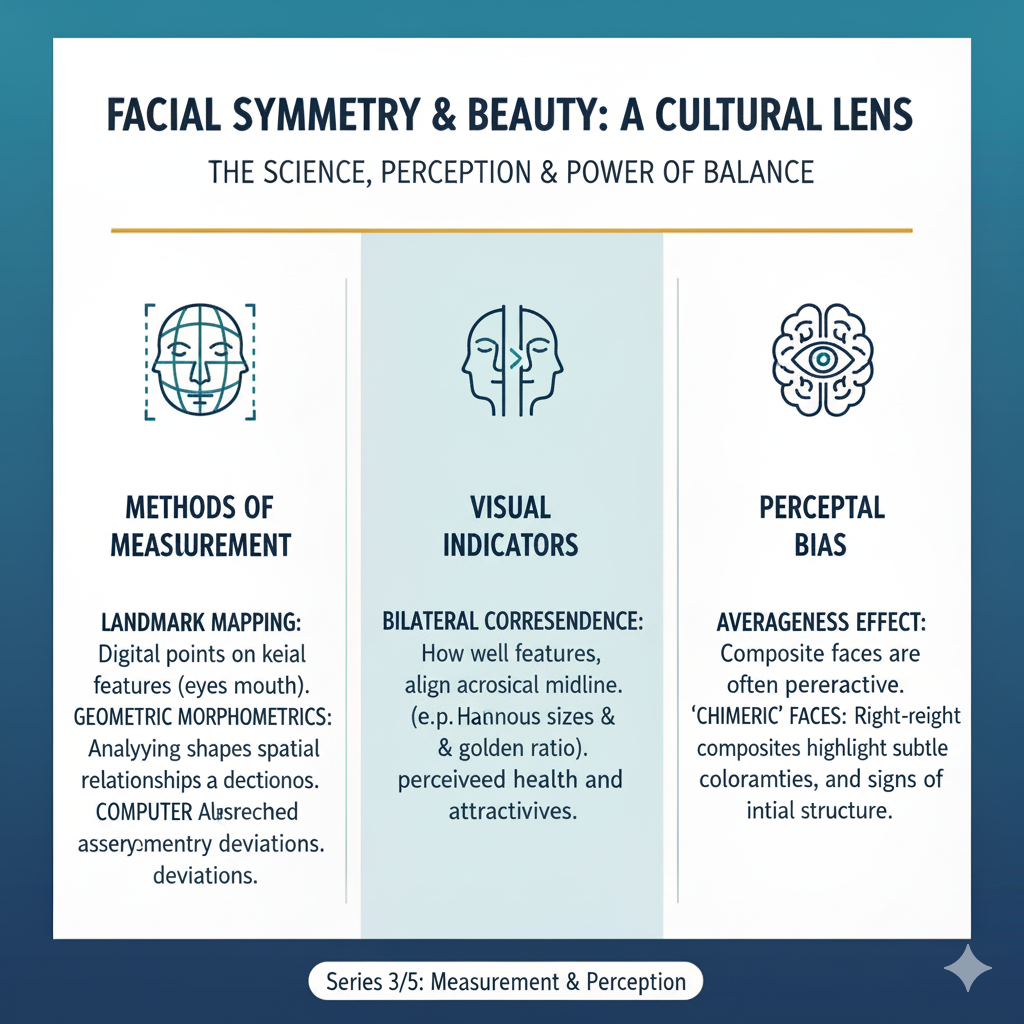
Ultimately, understanding facial symmetry’s role in beauty standards invites a broader discussion about individual perceptions of attractiveness, emphasizing that beauty is not solely defined by symmetrical traits but is ultimately diverse and multifaceted.
Common Misconceptions About Facial Symmetry
Facial symmetry has long been associated with beauty and attractiveness, yet several misconceptions surround this concept. First and foremost is the belief that perfect symmetry equates to beauty.
While symmetrical features are indeed perceived as appealing, the reality is that absolute symmetry is exceedingly rare in nature, including in human faces. Most individuals possess some degree of asymmetry, whether it is minor differences in eye size, lip shape, or facial contours.
This inherent asymmetry can often add character and individuality, making a person’s face uniquely recognizable.
Another common myth is that symmetrical faces are universally more attractive. Psychological studies indicate that while people generally prefer more symmetrical faces, the appeal increases when these asymmetries possess beauty in their own right and mark distinctive features.
For instance, many iconic and admired faces, such as those of famous celebrities or art subjects, exhibit unique asymmetries that contribute to their charm. This indicates that a face’s narrative can be further enriched by its minor flaws, challenging the notion that perfection is the only path to beauty.
Furthermore, there is a perception that facial symmetry is static and cannot change over time. In reality, one’s facial features can undergo various changes due to age, environmental factors, and personal health.
These transformations may enhance or diminish the degree of symmetry at different life stages. Subsequently, embracing facial asymmetries can foster self-acceptance and bolster confidence, pushing the narrative that beauty transcends mere symmetry.
Appreciating the charm in individual imperfections reinforces the idea that beauty is subjective and deeply personal, rather than a rigid standard defined solely by symmetrical alignment.
Impact of Facial Symmetry on Self-Esteem
Facial symmetry has long been associated with beauty and attractiveness, and numerous studies suggest that it plays a significant role in shaping an individual’s self-esteem.
The perception of facial symmetry can greatly influence personal image, affecting how individuals view themselves and how they believe others perceive them.
This psychological impact is particularly evident in social interactions, where people with symmetrical features often enjoy more positive attention and validation.
Research indicates that individuals with higher levels of facial symmetry tend to be perceived as more attractive, which can enhance their self-confidence.
When people believe that they fit societal standards of beauty, they are often more inclined to participate in social activities, engage in conversations, and form relationships. On the contrary, those who perceive their faces as less symmetrical may struggle with feelings of inadequacy, leading to lower self-esteem and potentially even social anxiety.
This contrast highlights the deep-rooted connection between perceptions of facial symmetry and an individual’s overall mental health.
Moreover, the influence of media in promoting ideals of facial perfection can exacerbate issues related to self-esteem.
The portrayal of symmetrical faces as ideal can create unrealistic standards that many feel pressured to achieve. This pressure can result in negative body image, as individuals might resort to cosmetic procedures or other methods in an attempt to attain a more harmonious appearance.
The cycle of comparison and dissatisfaction may lead to increased anxiety, depression, and a diminished sense of self-worth. Acknowledging that beauty standards are often subjective is essential for fostering a healthier self-image, irrespective of facial symmetry.
In conclusion, the relationship between perceived facial symmetry and self-esteem is complex, intertwining social perceptions, individual self-worth, and psychological well-being.
A nuanced understanding of this impact can aid in promoting a more inclusive definition of beauty that embraces diversity.
Conclusion: Embracing Unique Features
Facial symmetry plays a significant role in our understanding of beauty, yet it is essential to recognize that definitions of attractiveness vary among different cultures and individuals. While a symmetrical face is often associated with traditional ideals of beauty, many prominent figures possess unique features that set them apart.
This illustrates that beauty is a subjective concept, shaped by personal preferences and diverse influences. Consequently, while symmetry may be desired, the characteristics found in asymmetrical faces can also contribute to a compelling visual narrative.
In exploring the significance of facial symmetry, we acknowledge its influence on societal conventions. However, it is crucial to appreciate the value of individuality that arises from facial differences.
Each person’s unique features contribute to their identity and presence in the world. Embracing those distinctive traits fosters a deeper sense of self-acceptance and appreciation. This also aligns with the growing movement that encourages people to celebrate their imperfections, as these aspects can often enhance one’s charm and character.
As the discourse surrounding beauty continues to evolve, the understanding of facial symmetry must also expand. By recognizing both the harmonious aspects of the face and the nuances of asymmetry, we can cultivate a broader appreciation for the variety found in human appearance.
Ultimately, each face tells a unique story, with every feature contributing to the overall beauty and authenticity of the individual. In embracing our diverse features, we move toward a more inclusive perspective on beauty, acknowledging that imperfections can hold their own unique charm, just as symmetry does.


